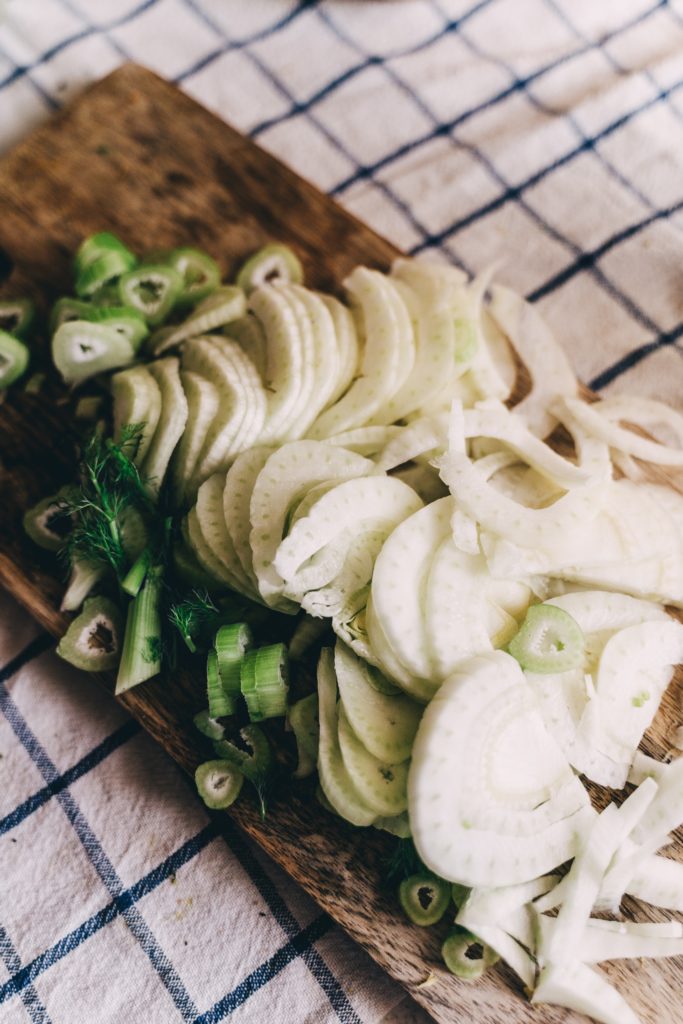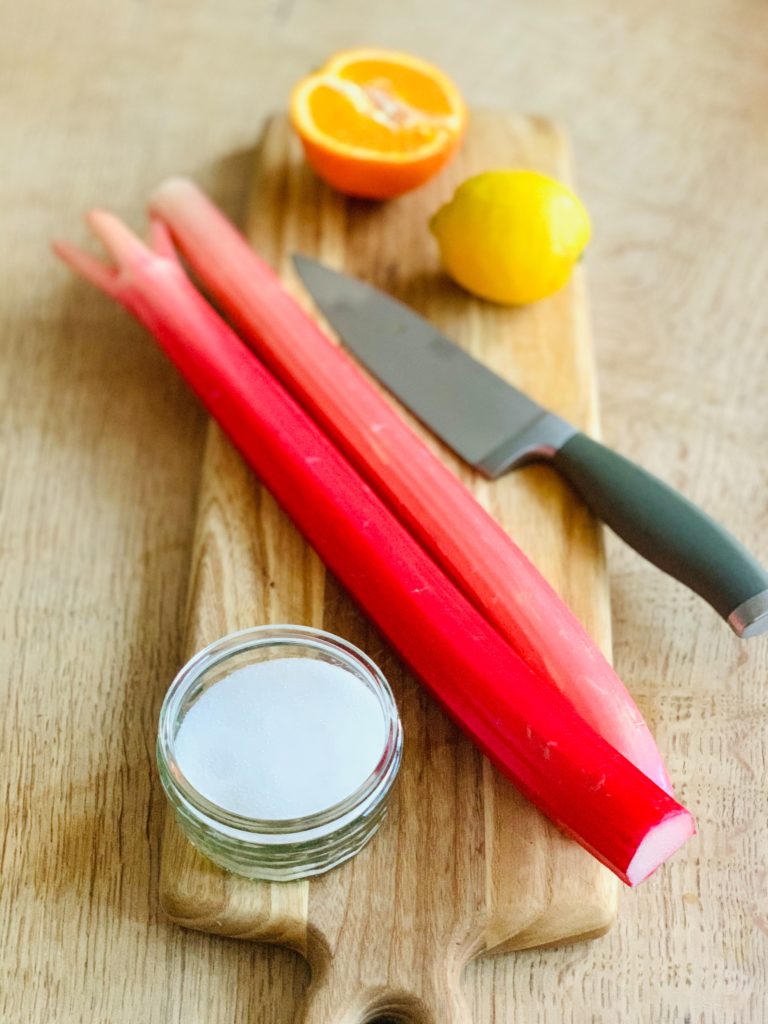
Happy first day of spring! With longer, warmer days I’m so ready to ditch the heavy, cozy meals for something fresh and light. With such great seasonal produce beginning to grow, the spring is perfect for salads, light pastas, and fruit tarts. For many, spring also signals that start of grilling season!
Read on to learn why you should buy seasonal produce, what’s in season right now and how to use it!
Why buy seasonal produce?
- Flavour. Seasonal fruits and veggies are at their peak growing time and are full of flavour and freshness!
- Support local farmers. Seasonal produce is often produced locally. Purchasing from local farmers helps support those in your community. It also helps us gain an appreciation for the foods grown around us!
- Environment. When coming from local producers, seasonal fruits and veggies have less distance to travel and often come with less packaging.
- Nutrition. Fresh produce that is shipped long distances can begin to lose nutrients the longer it is in transport. As seasonal produce is usually grown locally, it can be picked ripe and still arrive at your table with peak nutritional value.
What’s in season in the spring?
These foods are generally in season from April – June in Canada. However, their growing times can extend into other seasons and can vary slightly by province.
Fresh Herbs

Mint, parsley and chives are all examples of spring herbs and are perfect additions to your fresh dishes. Herbs are the leaf portion of the plant that is typically used fresh or dried. The rest of the plant (i.e. seeds, stems and roots) are dried and used as spice.
Nutritional benefits: most herbs are high in vitamins, minerals and antioxidants. Using fresh herbs in your dishes is also a great way to add taste without extra salt, sugar or fat!
How to use: for flavour or as a garnish on a variety of dishes, in baked goods like bread, whizzed into a pesto. You could even trying replacing salad greens with herbs, like in this Parsley Salad with Almonds and Apricots from Budget Bytes.
Fennel

This hardy flowering vegetable has a licorice-like flavour. You can cook with every part of the fennel plant – the bulb, stalks, leaves and seeds!
Nutritional benefits: fennel is a good source of vitamin C, which is critical for healing and building healthy bones, muscles, and blood vessels.
How to use: try grilling, roasting or thinly slicing the raw bulb for salad. Use the stalks in place of celery in soup or stew. Garnish other dishes with fennel fronds or use them as an herb. Fennel seeds are often also dried and used as a spice. It is one of the prominent flavours in Italian sausage, which is perhaps why fennel works so well in recipes like Rigatoni with Sausage and Fennel from Martha Stewart.
Asparagus

Once classified as part of the lily family, this spring vegetable is known for its slim green spears and slightly purple tips. Other varieties of asparagus can have purple or white stalks too. The vegetable has an earthy flavour similar to broccoli and is packed with essential nutrients.
Nutritional benefits: asparagus is rich in folate – a key nutrient for the growth and reproduction of our cells – which is especially important during times of development, like during pregnancy and childhood.
How to use: raw in salads, cooked into soups or stews, roasted as side dish or as key recipe ingredient such as in my Barley Risotto with Asparagus and Crispy Prosciutto.
Greens

Pick your favourite: spinach, kale, arugula, romaine, butter lettuce, endive… the options are endless!
Nutritional benefits: dark leafy greens are low in calories but dense in nutrients like vitamin A, C, K, B and potassium, making them an important part of a healthy diet.
How to use: of course you could simply make a salad… or you could throw greens into a soup, blend some up in a smoothie, saute them with garlic, stir into a pasta or add a fresh element to pizza like in this Garden Greens Goddess Pizza from Half Baked Harvest.
Rhubarb

One of my all-time favourite spring… vegetables! Yes – rhubarb is actually a vegetable! Although its ruby red stalks have a bitter, sour taste, they are often cooked into sweet dishes.
Nutritional benefits: rhubarb’s stringy stalks are full of fibre – not unlike many other fruits and vegetables – which can help lower cholesterol and promote good digestive health!
How to use: rhubarb is rarely eaten raw – unless you’re like me as a child, and ate stalks straight out of the garden dipped in sugar. More often than not, recipes use rhubarb for sweet desserts or baked goods like muffins, combine it with other fruits for jam, or bake it into a pie. However, rhubarb can be delicious in savory recipes too, such as in a sauce to serve with meat. One of my favourite ways to use rhubarb is in a crisp, like this Strawberry Rhubarb Crisp recipe from Once Upon a Chef.
Beetroot

This root veggie is earthy and sweet with a beautifully deep reddish-purple color. But red beets aren’t the only variety – golden and candy-cane beets (see Chioggia beets here!) can add fun colors to your dishes!
Nutritional benefits: betalain – the pigment that gives red beets their colour – has antioxidant and anti-inflammatory properties and has been associated with a reduced risk of cancer. However, we find betalain mainly in beet peels and it is heat-sensitive. Therefore, in order to reap the full benefits of betalain, some recommend cooking beets for max 15 minutes, if at all.
How to use: beets can be purchased fresh, frozen, canned and even pickled. Beet leaves are also commonly eaten both cooked or raw. Try simply roasting beets for a side dish or to put in a salad – like my Beet & Grapefruit Salad with Goat Cheese.
Swiss Chard

Another dark leafy green, but with bright, colorful stalks!
Nutrition benefits: Swiss chard is a nutritional powerhouse – a one-cup serving provides 7x the vitamin K, twice the vitamin A and half your daily vitamin C needs!
How to use: Swiss chard leaves and stalks are often sauteed or steamed to reduce its bitterness. Fresh chard is perfect for soups, casseroles or mixed dishes. Young leaves are also good raw in salads or as a wrap – such as in this Rainbow Chard Rolls with Peanut Butter Sauce recipe from Tastemade.




